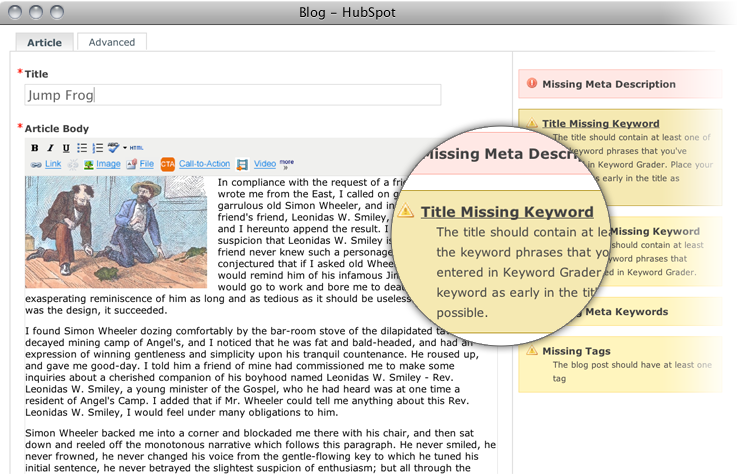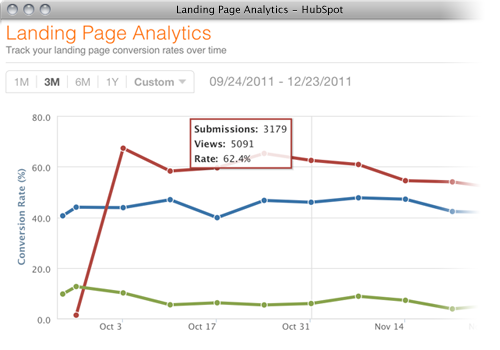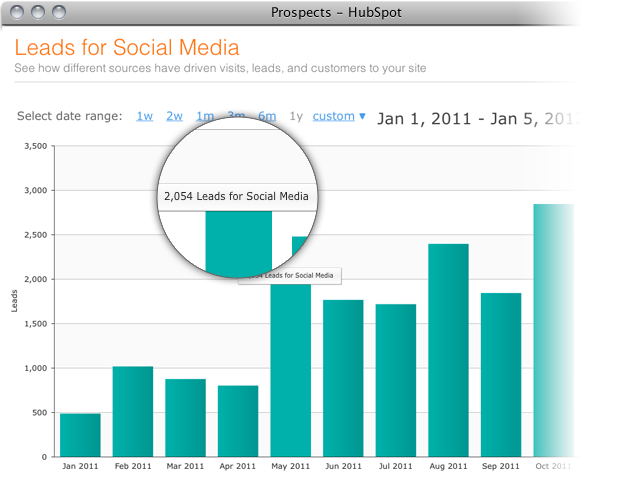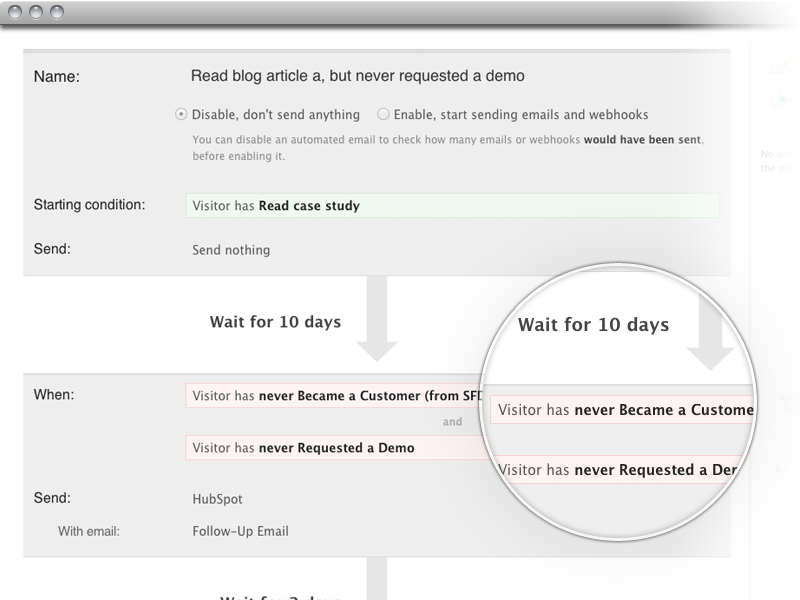It should be no surprise by now that the Internet has completely revolutionized marketing. People everywhere are blogging, using social media, and changing the way they research brands and engage with companies online.
But do you know how big an impact these shifts in consumer behavior have actually had on the world of marketing? And more importantly, how to optimize your marketing strategy accordingly? Take a lesson from these shocking stats, paired with tips for keeping your strategy up-to-date:
1. Businesses that blog average 55% more website visitors than those that don't. A blog is the best way to attract new prospects to your website. It's a long-term marketing asset that will bring traffic and leads to your business, introduce you as a thought leader in your space, and allow you to earn peoples trust. In fact, blogging has been proven to directly correlate to better business results: 57% of businesses have acquired a customer through their company blog.
What can you do now? Get started by creating a corporate blog, or if you already have one, increase your frequency of posting to it, and optimize it for better visitor-to-lead conversion. HubSpot's blogging tools allow you to create posts easily with a simple editing interface, get SEO tips as you type, and gain insight into the results of your efforts with in-depth analytics.
2. Companies with 30 or more landing pages generate 7x more leads than those with fewer than 10. Directing your website visitors to different landing pages based on the content they are seeking, the source from which they are directed to your site, or their varying challenges and goals allows you to target your audience and offer them something of specific value to them. The more landing pages you create, the more closely you can target, and the more easily you can convert a higher percentage of your visitors into leads.
What can you do now? Start out with a few of your offers, whether they are content offers such as ebook downloads and webinar sign-ups, or product-related offers such as trial or demo requests, and build a separate landing page for each. With HubSpot's landing page tools, you can build sophistocated landing pages easily, with customizable lead capture forms and auto-response emails. You can also track the number of visits, leads, and customers driven from each individual page, allowing you to see which offers generate the best results for your business.
3. 91% of online adults use social media regularly. Social media plays a major role in buyers' decision-making process and search engine rankings. With the majority of your audience on social networks, you should be asking yourself questions like: How can I use Facebook to engage with fans and drive more business? How much time should I be spending on Twitter? Is Google+ something I need to consider?
What can you do now? Evaluate your social media strategy to determine if your company is reaching its full potential to engage with prospective customers. Tie your content marketing strategy into your social media by publishing content that your fans and followers will find interesting and educational. With HubSpot's social media tools, you can schedule and share content, track mentions of your company, competitors, and keywords, and collect data that shows which social channels deserve your time.
4. The click-through rate on triggered email messages is 119% higher than regular email messages. Using personalized and timely lead nurturing with marketing automation is an important strategy for improving the overall performance of your email marketing and customer generation. Segmenting your email lists based on the interests, pain points, and sales cycle stages of your recipients allows you to target the content of your messages closely, thereby increasing the likelihood that your leads will open, read, and click through in your emails.
What can you do now? Determine a set of criteria for segmenting your email recipients, and set up lead nurturing campaigns to maintain engagement with your leads. Choose content for each set of messages based on what is most relevant and useful to each of the segments you create. HubSpot's lead management tools allow you to nurture your leads with a series of customized emails that are triggered by behaviors such as form completions and downloads.
5. 33% of B2B marketers don't measure marketing ROI. This means there are a ton of marketers out there who aren't measuring how their marketing efforts are contributing to the bottom line. Don't undermine your marketing efforts by limiting your analytics to just performance-based metrics or failing to measure ROI efforts altogether. Measuring the performance and ROI of your marketing initiatives can not only help you understand which channels are effective, what's working, and what's not, but it can also help you prove to your business' executive team that the money they're investing in your marketing budget is actually generating results.
What can you do now? Make sure you're tracking the effectiveness of your marketing efforts across channels, and determine which of your marketing activities are most effectively moving your prospects through the sales funnel. HubSpot's analytics tools allow you measure visits, leads, and customers acquired across all sources of your marketing, and measure ROI by tying your marketing efforts to the revenue they generate using closed-loop reporting.




